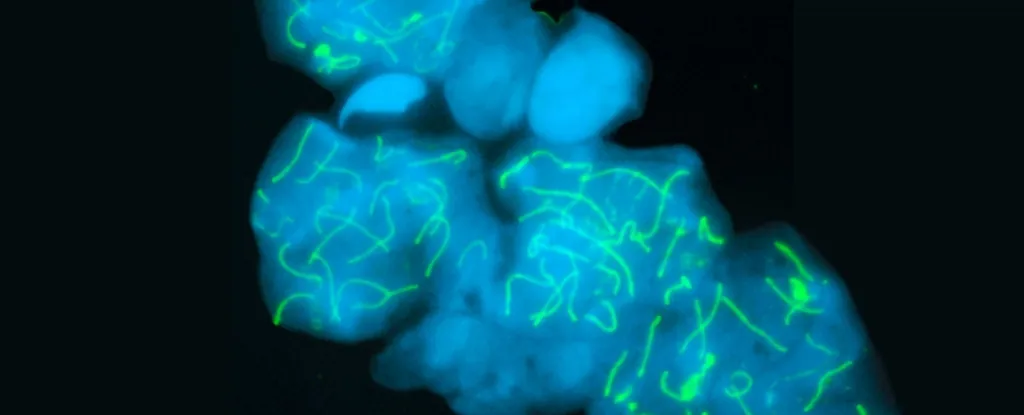
Meet the Atlas Blue: The Butterfly That Redefines Animal Genetics with 229 Chromosome Pairs!
2025-09-11
Author: Ming
A Record-Breaking Revelation in the Animal Kingdom!
Scientists have made an astonishing discovery about an unassuming butterfly known as the Atlas blue (Polyommatus atlantica), native to the mountains of North Africa. This extraordinary species boasts a jaw-dropping 229 chromosome pairs—the highest number recorded in any animal!
To put this into perspective, most butterflies typically sport around 31 or 32 chromosome pairs, while humans carry only 23 pairs in each cell. The Atlas blue is not just distinct; it stands out as a genetic marvel!
Comparing Chromosomes: Butterflies vs. Plants!
While some plants, like the Adders-tongue fern (Ophioglossum reticulatum), have even more chromosomes—up to 720 per cell—this is due to their ability to possess multiple sets of DNA. The Atlas blue, conversely, maintains just two sets.
Digging Deeper into Evolutionary Mysteries!
Charlotte Wright, an evolutionary biologist at the Wellcome Sanger Institute in the UK, embarked on the quest to unravel the genetic enigma of the Atlas blue. "To understand butterfly evolution, we knew we had to collect data on this extreme case," she states.
This butterfly's chromosome evolution offers essential insights, with researchers suspecting that within a rapid timeframe of just three million years, its chromosomes fragmented dramatically from an original set of around 24.
Survival and Adaptation: A Genetic Puzzle!
The mechanism behind such extensive chromosome fragmentation typically poses significant risks to survival. Yet, against the odds, the Atlas blue has thrived for millions of years! Intriguingly, its sex chromosomes have remained largely intact, hinting at evolutionary thresholds that still demand further investigation.
Roger Vila, a prominent evolutionary biologist from Spain's Institute of Evolutionary Biology, emphasizes the uniqueness of this phenomenon: "While other butterflies show chromosome rearrangements, nothing compares to the scale seen in the Atlas blue. This opens the door to explore the underlying reasons for such a drastic process."
Implications Beyond Butterflies: The Cancer Connection!
The study of the Atlas blue's chromosomes may even extend into the realm of human health. Genomicist Mark Blaxter remarks, "Rearranging chromosomes is also observed in human cancer cells. By understanding the mechanisms in the Atlas blue, we could potentially uncover methods to halt similar processes in cancer research in the future."


 Brasil (PT)
Brasil (PT)
 Canada (EN)
Canada (EN)
 Chile (ES)
Chile (ES)
 Česko (CS)
Česko (CS)
 대한민국 (KO)
대한민국 (KO)
 España (ES)
España (ES)
 France (FR)
France (FR)
 Hong Kong (EN)
Hong Kong (EN)
 Italia (IT)
Italia (IT)
 日本 (JA)
日本 (JA)
 Magyarország (HU)
Magyarország (HU)
 Norge (NO)
Norge (NO)
 Polska (PL)
Polska (PL)
 Schweiz (DE)
Schweiz (DE)
 Singapore (EN)
Singapore (EN)
 Sverige (SV)
Sverige (SV)
 Suomi (FI)
Suomi (FI)
 Türkiye (TR)
Türkiye (TR)
 الإمارات العربية المتحدة (AR)
الإمارات العربية المتحدة (AR)